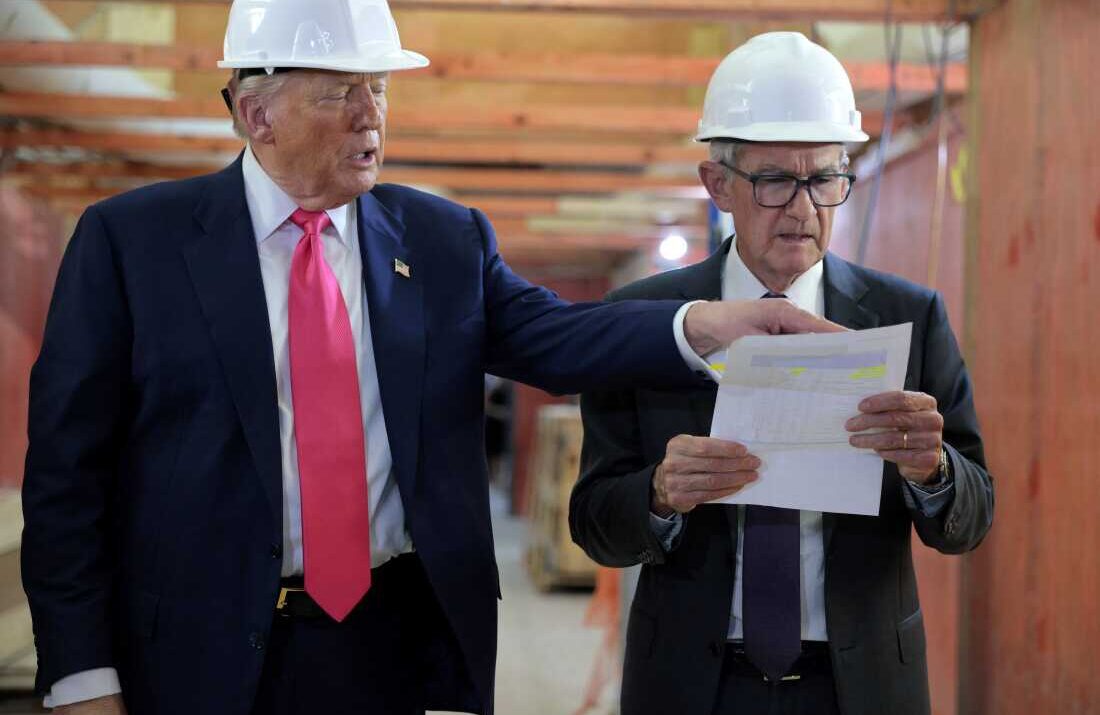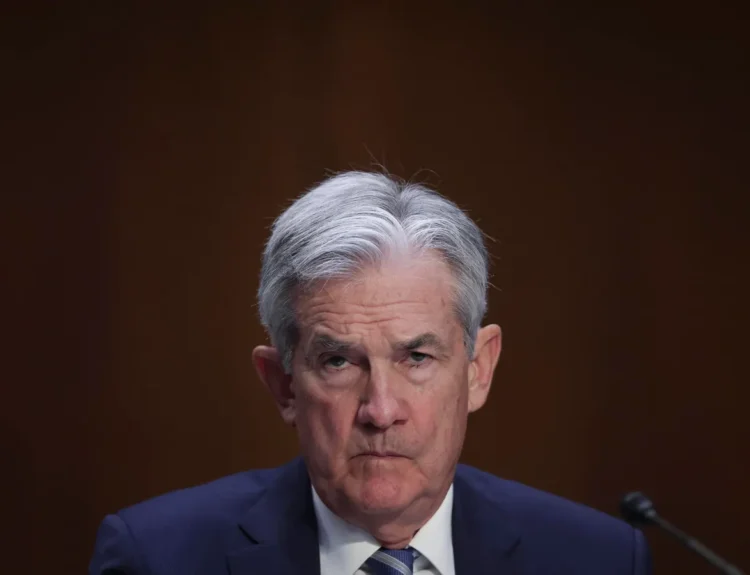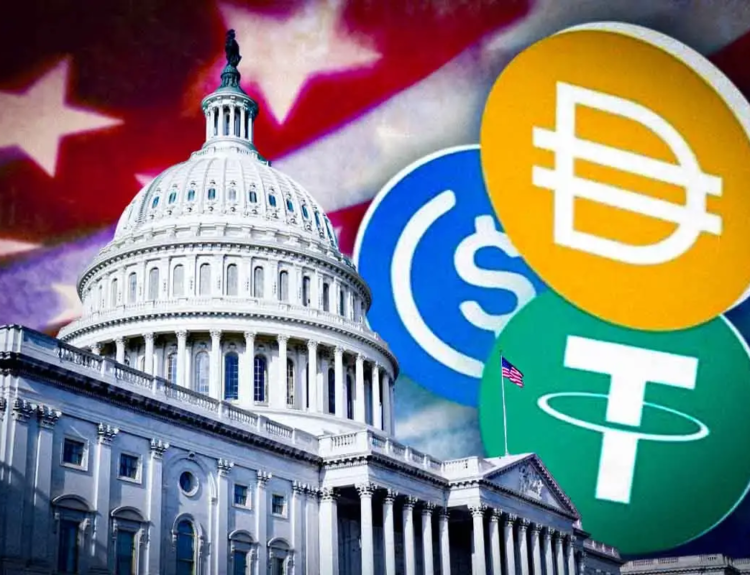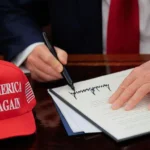Jerome Powell resists mounting political pressure as two Fed governors call for an immediate rate cut—the first such split in over 30 years.
The Federal Reserve voted Wednesday to keep its benchmark interest rate unchanged at 4.25%–4.5%, maintaining its cautious stance despite escalating demands from President Donald Trump and a rare double dissent from within the board itself.
- The Federal Open Market Committee (FOMC) voted 9–2 to hold rates steady, with Michelle Bowman and Christopher Waller breaking ranks to support a quarter-point cut. This marks the first time since 1993 that two Fed governors dissented simultaneously on a rate decision.
- The Fed’s post-meeting statement said “uncertainty about the economic outlook remains elevated,” softening its previously more optimistic tone from June.
- GDP growth surprised to the upside in Q2 at 3%, while inflation fell to 2.1%, closer to the Fed’s 2% target. However, Powell noted that the full effect of Trump’s tariffs on inflation “remains to be seen.”
- Markets held steady, with traders betting on a 66% chance of a rate cut in September, according to CME’s FedWatch tool.
Trump Wants Drastic Cuts—and a New Chair
President Trump has intensified his pressure campaign, demanding the Fed slash rates to as low as 1%. Though he has not fired Powell, Trump is actively vetting successors. Treasury Secretary Scott Bessent confirmed a formal process is underway to replace Powell when his term ends in May 2026—and possibly even sooner from his governor role in 2028.
Among the reported candidates: Kevin Hassett, Kevin Warsh, David Malpass, and Bessent himself. Trump, who appointed Powell in 2017, recently said he had a “very good meeting” with Powell, but warned the chair may be “a little too late” on rate cuts.
Trump also continued to mock Powell’s handling of Fed building renovations, criticizing the project’s budget overruns. Powell responded publicly, defending the expenses as driven by cost inflation, not mismanagement.
Fed’s Internal Divisions Grow
The double dissent by Bowman and Waller marks a pivotal moment for a typically consensus-driven institution. Both governors argued inflation is “near target” and warned that the Fed shouldn’t wait for the labor market to deteriorate before easing.
Analysts say this rare public split could signal a less united and more contentious Fed moving forward. Morgan Stanley warned in a recent note that Powell would likely “emphasize patience,” while Bank of America cautioned the disagreements could mark the beginning of more frequent dissents.
Powell struck a firm but balanced tone during his post-meeting press conference, calling the economy “in a solid position” and emphasizing that current policy gives the Fed flexibility to act swiftly if conditions worsen.
What’s Next?
The Fed’s next major event is its annual Jackson Hole retreat in late August, where Powell traditionally delivers a major policy speech. All eyes will be on whether he signals a readiness to ease policy by the September FOMC meeting, or if internal tensions will deepen.
Disclosure: This article does not represent investment advice. The content and materials featured on this page are for educational purposes only.
Related:
Trump’s Trade War Reshaped: US–EU Deal Finalized, China Truce Extension Likely
Global Markets Kick Off Tuesday With Cautious Optimism: Market Wrap
Market Is Euphoric Again — and Everyone Knows It
Wall Street Keeps Breaking Records, But Big Tests Are Looming
Tariff Shock Incoming: Trump’s August 1 Deadline to Hike Prices on Food, Clothing, and Cars
Hottest Business Strategy This Summer Is Buying Crypto
Accidental King of Meme Stocks: How a Canadian Hedge Fund Manager Sparked 2025’s Retail Rebellion










